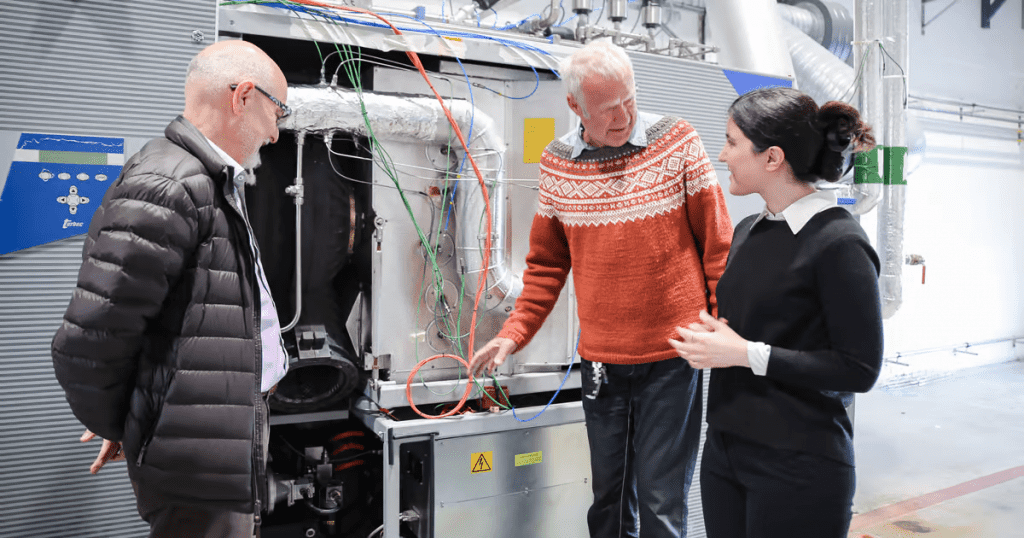In today’s times, almost every tech-oriented industry is competing to adopt environmentally sustainable automation. Recently, researchers at the University of Stavinger in Norway have achieved a milestone by manufacturing a gas turbine that is fuelled by 100% hydrogen combustion technology. According to the researchers, the newly built hydrogen-powered gas turbine has been in operation since the middle of May and has shown considerable results.

The university owns its micro gas power plant, and the mechanism of “hydronic heating” is being deployed in the gas turbine which generates heat, electricity, and hot water. To sustain the green environmental goals, the team is working not only to transform the combustion chamber for hydrogen but also to make the fuel system more sophisticated to cope with this new gas arrangement.
Professor Mohsen Assadi, who is the leader of the research team, says, “We have set a world record in hydrogen combustion in micro gas turbines.” No one has been able to produce at this level before. The efficiency of running the gas turbine with hydrogen will be somewhat lower. The big gain, though, is being able to utilize the infrastructure that already exists.”

Gas turbines have a lot of practical applications, and almost every industry utilizes this technology. Hence, it has become the need of the hour to transform these into a more sustainable source of energy. Almost 90% of them used natural gas for their operations, and it is a type of fuel that releases carbon dioxide into the atmosphere when it is burnt. This in turn poses an imminent threat to the environment and constitutes a larger percentage of the pollutants entering the environment. Currently, it is being used in aircraft, trains, ships, generators, pumps, and compressors, etc.

According to the sustainable development goals, the main purpose is to combat the emissions of hazardous chemicals by 2050. It is a do-or-die situation for the gas turbine technology and this is the reason why every industry is in a search to replace the existing fuels with hydrogen fuel. This breakthrough would enable big industries like General Electric to adopt this technology. However, it is worth mentioning that General Electric has been regulating the fuel in its engines by using 5% hydrogen fuel and is on the way to achieving 100% credibility.

Although the University of Stavinger has been successful in accomplishing the breakthrough. However, if seen from an economic perspective, then it needs to be constructed on economies of scale and the prices should be within everyone’s reach so that more and more people can take advantage of this technology and bring about a positive change for the sake of our environment.


